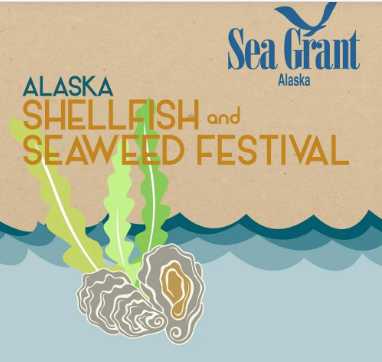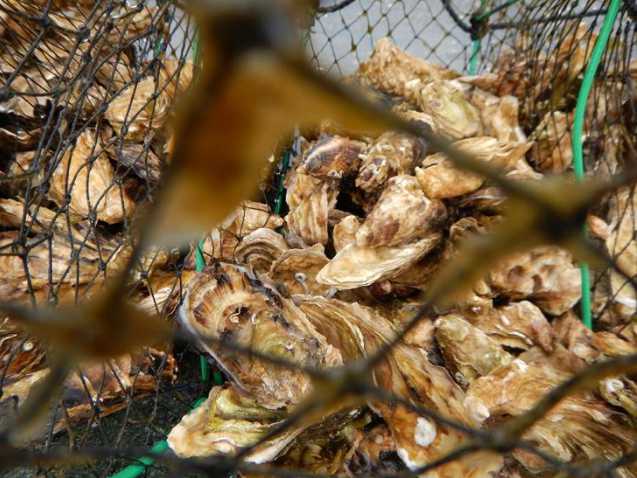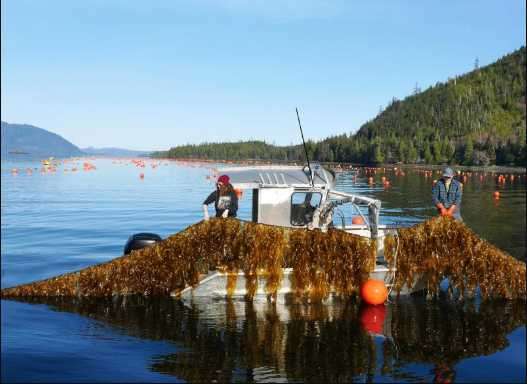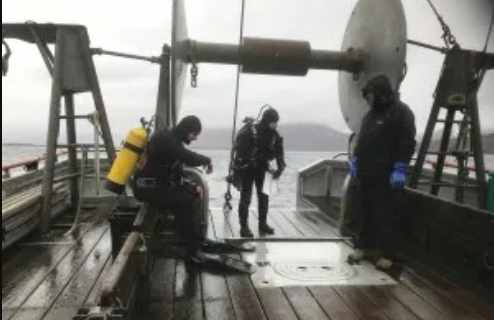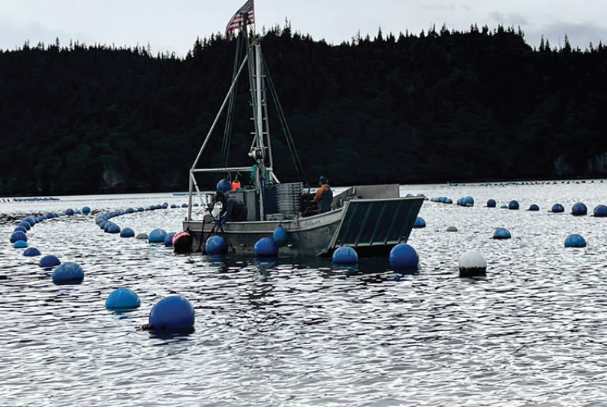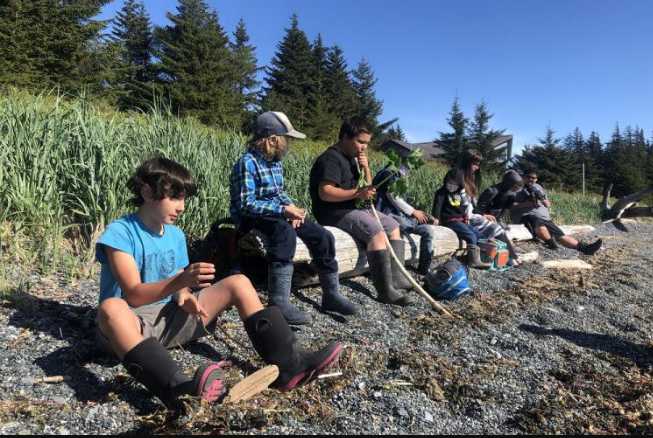
Alaska’s burgeoning mariculture industry, which includes shellfish and seaweed farming, has substantial economic potential for coastal communities. The path to establish an aquatic farm is challenging, as prospective farmers are required to file multiple permits with four or more state and federal agencies. This confusing and time-consuming multi-agency permitting process was identified by the state’s Mariculture Task Force as a barrier to industry growth.
To address this impediment, Alaska Sea Grant and NOAA Fisheries Alaska Region, with support from permitting agencies and industry, developed online resources to guide applicants through the permitting process, including information on choosing a farm site, resources for growers, and an overview of governance of aquaculture in Alaska. Alaska Sea Grant followed up with an online webinar to introduce these new tools, and incorporated the guidance into training sessions. They steered potential and expanding farmers to these guidance tools, and hosted a series of question and answer sessions with state and federal agencies for prospective farmers throughout the 2022 permit application period.
During the question and answer sessions, Alaska Sea Grant and state agency personnel from the Alaska Departments of Natural Resources, Environmental Conservation, and Fish and Game along with federal agency personnel from NOAA, the U.S. Army Corps of Engineers and the U.S. Fish and Wildlife Service provided guidance and clarification about aquatic farm site permitting and leasing and the available resources.
The 2022 application period closed with 20 new joint agency aquatic farm applications and one hatchery application, the highest number of applications received in 17 years. These applications include 16 seaweed farms, two shellfish farms, and two combination farms. Seven of the applications were for Southeast Alaska, eight for Southcentral, and five for Southwest, accounting for a total of 7,645 acres of potential new mariculture development. Agencies reported that applications were higher quality this year, suggesting that the new tools, training sessions and outreach efforts are helping.

